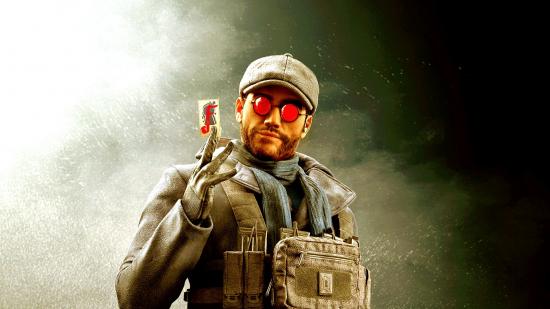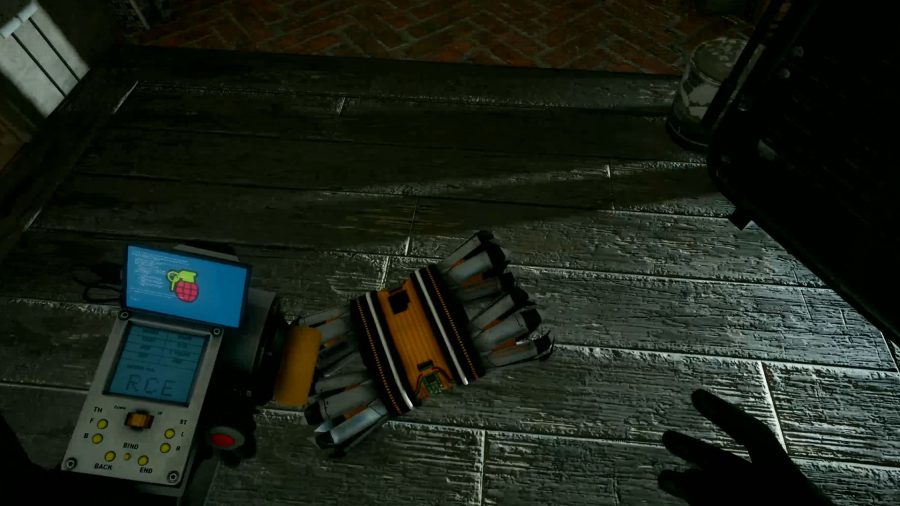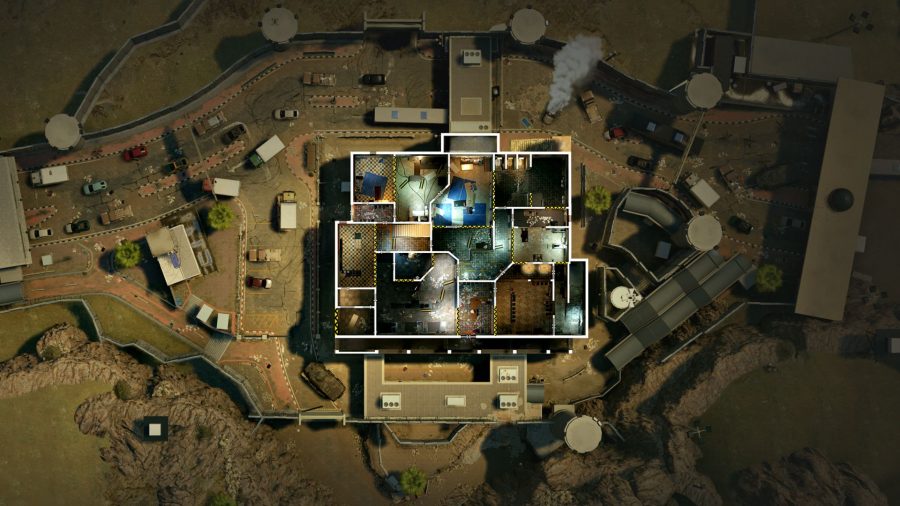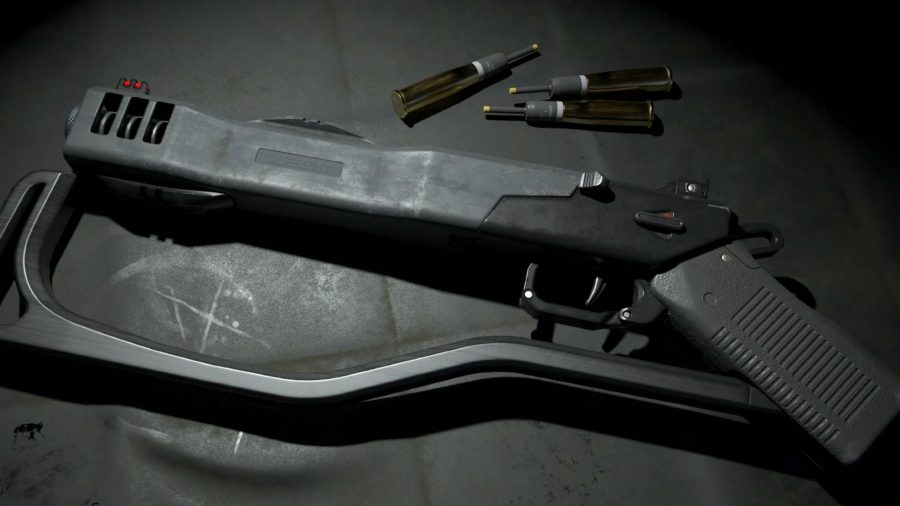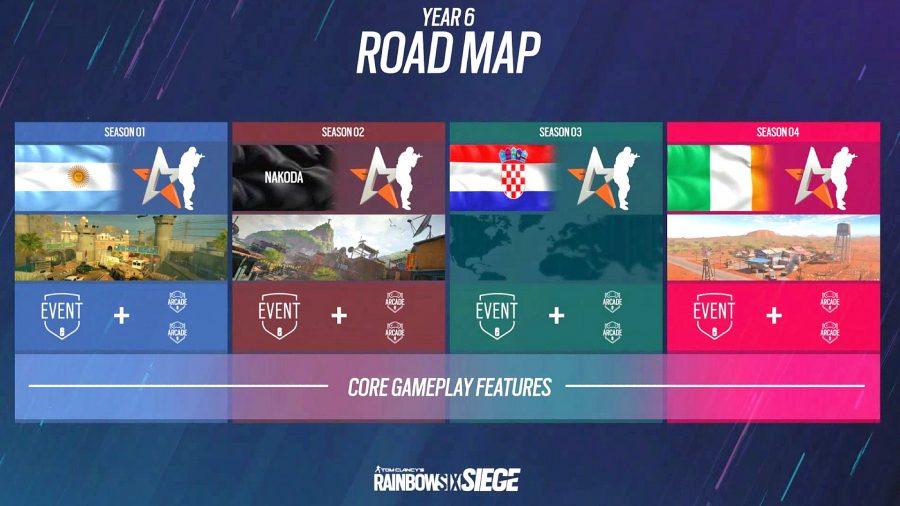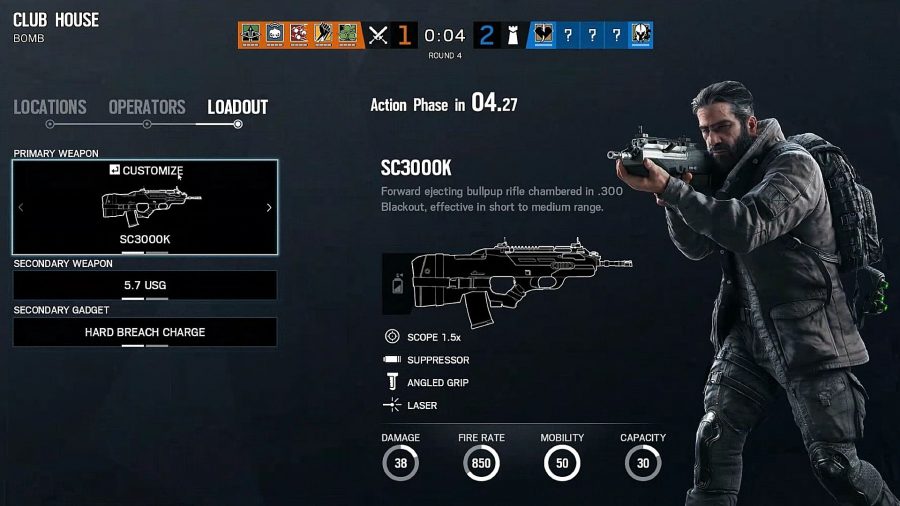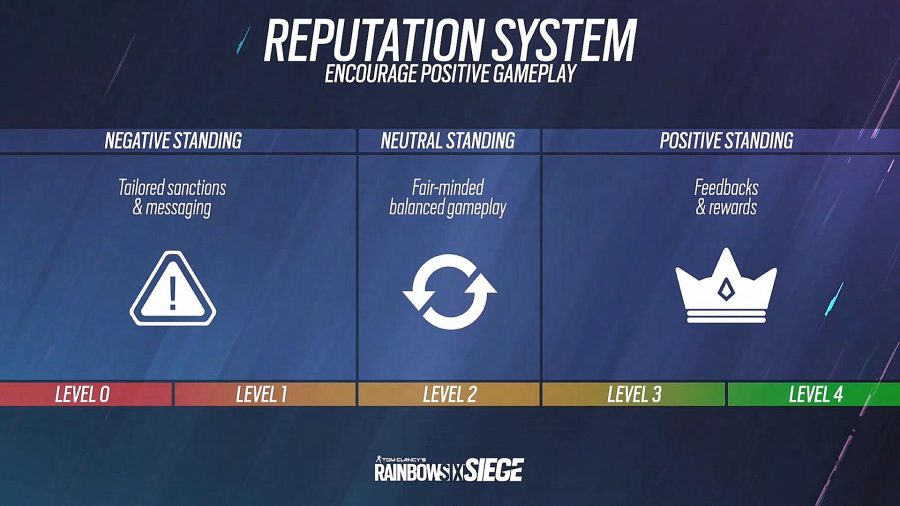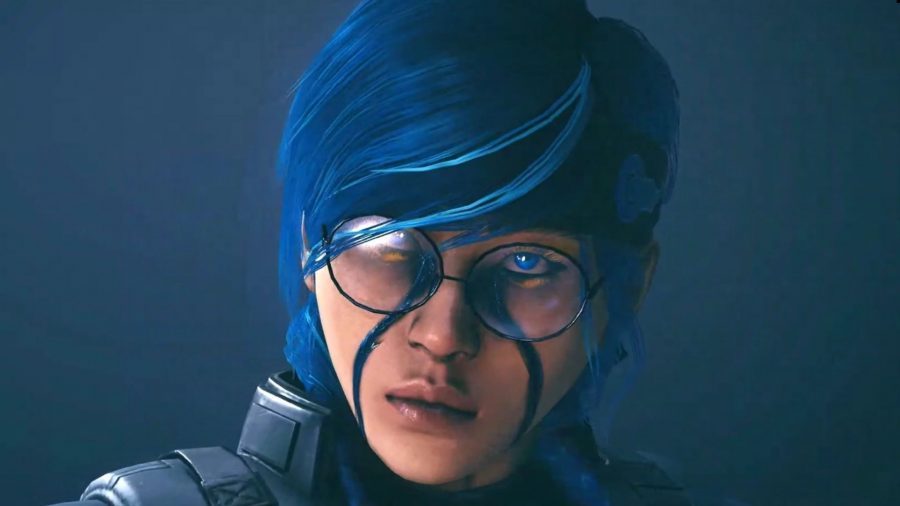Year 6 is the first full year of Rainbow Six Siege’s revamped annual content plan, and as advertised it’s loaded with quality of life changes and core feature overhauls. There are four new operators, some map reworks, and plenty of events promised in the official roadmap – just enough new toys to keep things feeling fresh from season to season – but what’s missing from that roadmap is Ubisoft’s plan to fundamentally change the way each round plays out.
During the Year 6 reveal Ubisoft announced its intention to reduce the amount of downtime in matches of Rainbow Six Siege by giving the attackers more to do during the preparation phase, and allowing eliminated players to contribute directly to the outcome of a round. Additionally, Year 6 will feature reworks to Mira, Maestro, and Goyo, make health and armour more transparent, and generally rebalance the game so that attacking feels just as viable as defending.
Join us as we recap every announcement from the Crimson Heist and Year 6 reveal.
We’ll kick off by going through the headline changes coming with Operation Crimson Heist release date, from Flores to the Gonne-6 secondary, and then move onto the Year 6 roadmap and some of the gameplay changes Ubisoft is cooking up.
Flores
Year 6’s first season, Operation Crimson Heist, introduces Argentinian attacker Flores, a medium speed attacker with four special drones that come loaded with explosives. Flores gets ten seconds to steer each RCE-Ratero drone into position. Afterwards the drone anchors to its location, becomes bulletproof, and explodes after a couple more seconds. Each explosion appears to have a blast radius similar to that of a nitro cell, but defenders get plenty of warning to vacate the area thanks to an audible siren that rings out when the drone anchors.
Flores can manually trigger the anchoring phase of each drone at any point during the countdown, and if you activate this mid-air the drone will anchor the next surface it touches. This allows you to ‘cook’ the drone a little if you drop it from a height, giving defenders less time to react. Ultimately the drones are useful for opening hatches and destroying gadgets like shields and Maestro cams than killing enemies.
Flores can pick either the AR33 or the SR-25 as his primary weapons, but can only bring the GSh-18 as his sidearm. Finally his choice of secondary gadgets is between stun grenades and a claymore.
Border rework
Flores arrives alongside a rework to the popular map Border, which was recently removed from competitive play as it had grown stale. The rework is similar in scale to the Club House rework and maintains the identity of the map, its key sites, and flow.
So, what’s new? Bathroom and Tellers is now a viable objective with a massively expanded Bathroom and less scope for vertical play. Waiting Room now has an interior balcony that connects Break Room to East Stairs. Archive has been opened up, making it much easier to defend against an North Balcony and Vehicle take. There are many more small revisions, but it’s also worth noting that the map is now much tidier with less debris and clutter obscuring lines of sight – hopefully this means no dying to bizarre pixel peeks.
Gonne-6 and match replay
Y6S1 also adds a new secondary weapon for attackers called the Gonne-6, which is a single-shot weapon that can destroy defender gadgets, and the anticipated match replay system for PC players. Ubisoft says it’s not available for console players just yet as it’s still in beta.
Year 6 operators and maps
While much less is known about the remainder of Year 6, we do know that the second season’s operator is from Nakoda, an indigenous people of the Great Plains. This operator is accompanied by a casual-focused Favela rework. In the third season we get a Croatian operator and three smaller map buffs instead of a large-scale rework. Finally, Siege gets an Irish operator in the fourth season, as well as a rework to Outback.
Operator reworks
Operator reworks are also promised, and they all target utility-based defenders. Goyo is losing his exploding shields. These will be replaced by a similar explosive device that can be mounted on the floor or against walls much like Jäger’s ADS. Like the previous design, these also have a metal casing that gives them roughly 270 degrees of protection.
Related: Here are the best Rainbow Six Siege operators
Mira and Maestro are both getting reworks that affect their ability to provide intel. The plan is that attackers who are able to melee these devices will shatter the glass, obscuring vision for the defenders – Mira and Maestro would then be forced to open their respective gadgets to make them useful again or simply forfeit the utility. Melusi’s gadget is also being nerfed. When you trigger a Banshee it will open up and you will be able to shoot and destroy it.
Few details were provided, but the panel also mentions reworks for Fuze and Finka. Fuze’s gadget will become more useful and Finka will be able to revive herself with a Nanoboost.
Bulletproof cam rework
Bulletproof cams will now have full rotation and an EMP dart that they can fire to disable attacker gadget and drones. An early version should be available in the Y6S2 test server.
Reduce downtime
One of the key goals for Year 6 is to reduce downtime and Ubisoft aims to achieve this through two changes. The first, called ‘attacker repick’, will allow anyone on the attacking team to switch their operator and loadout during the preparation phase so that they can react to the defending team’s setup.
The second, called ‘activities after death’, allows players to use any remote-controlled utility after being eliminated. It’s not clear if there are any limitations, but the basic idea is that a dead defender like Castle can hop on Maestro’s cam and start tasering an attacker. For an attacker, this would mean piloting your own drone around the map if you’ve been eliminated and have a spare drone still deployed.
Armour and health
To aid with transparency, the armour system is also being tweaked slightly so that you can clearly tell how much extra health your armour stat is giving you. A one-armour operator still has 100 health, but a two-armour has 120 health and a three-armour has 140 health. This doesn’t change anything in terms of how many shots you can take, but it does make the difference between low and high armour more transparent for players.
Reputation system
The final major update is the full arrival of the player behaviour system that’s been working in the background for a few months now, albeit in a limited capacity. Ubisoft doesn’t get into specifics about what actions affect your ranking, but there are five levels to the reputation system and players are able to move up and down the levels based on their actions. At Level 0 there will be messaging and warnings about the player’s actions, and there may be repercussions such as not being able to queue for ranked matches. On the positive end of the scale, at Level 3 and 4, there will be rewards for players, although we don’t know what those rewards will be.
Streamer mode and menu overhaul
A streamer mode is arriving on the test server in Y6S1. This mode hides the player’s region, name, clearance level, profile picture, and other players in their lobby. This mode also adds a matchmaking delay to prevent queue sniping.
The UI and presentation of Rainbow Six Siege is also being overhauled, which promises to make the game’s menus faster to navigate and simpler. Matchmaking, ranked, and the newcomer experience also came up during the panel, but Ubisoft didn’t provide any real detail on how it plans to change these parts of Siege.
Battle pass
Year 6 also kills off the annual pass, folding each season’s new operator into the seasonal battle pass at no additional cost. There is an odd catch, which is that the exclusivity window for accessing new operators is being extended, so if you don’t purchase the new battle pass you will have to wait two weeks before being able to purchase the operator with R6 Credits or Renown.
Skins and crossovers
Lastly, there are a bunch of changes to how skins work in the game. Elite skins will soon feature some customisation so you can mix pieces of an Elite skin with other skins you like, including the MVP animation and gadget skin. Some new partnered skins will feature in Year 6, too, including a Zofia skin inspired by Resident Evil’s Jill Valentine and what appears to be a Rick & Morty collaboration. A new Elite Skin for Kali is also coming with Y6S1. Lastly, Queen of E3 2019 Ikumi Nakamura is working on some cosmetics for Year 6, which is unexpected, but very really cool.
Siege board game???
Ubisoft snuck this in right at the end, but yep, there’s a Rainbow Six Siege board game in the works from Mythic Games, and it’s out this Summer.
Keep an eye out on the site for more Rainbow Six Siege news in the coming days as we chat to the team at Ubisoft about the future of the game.
